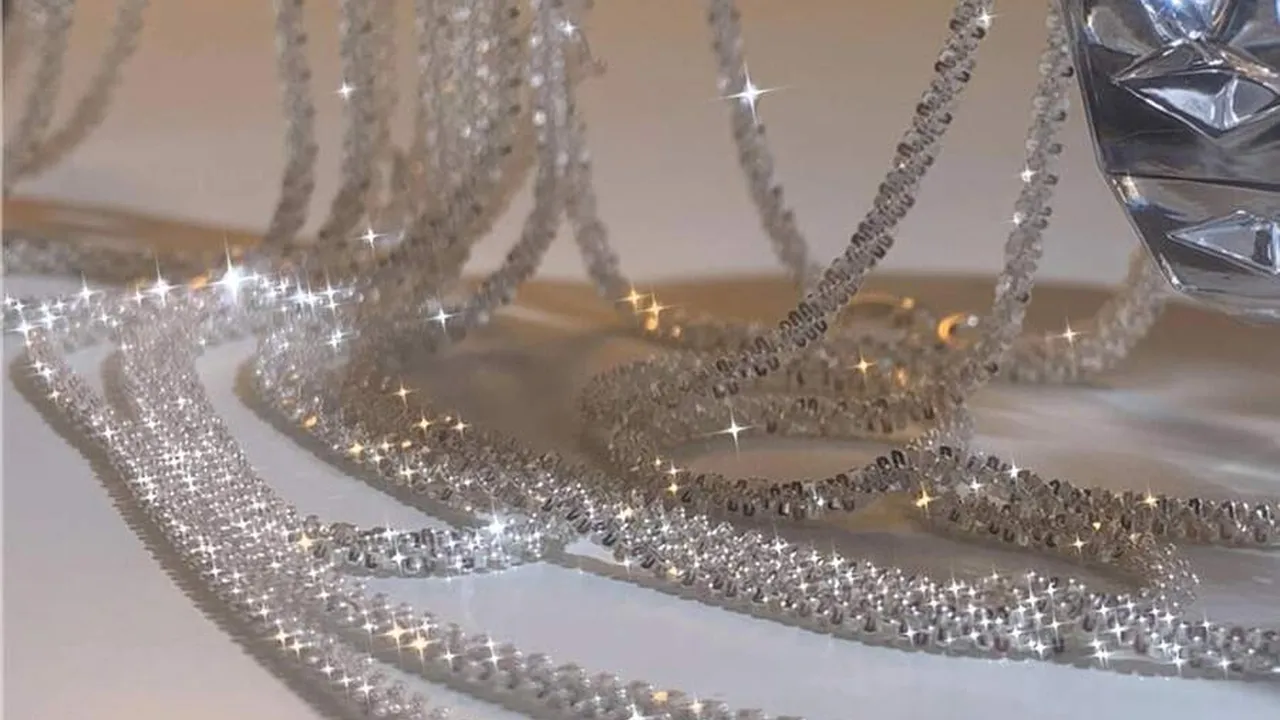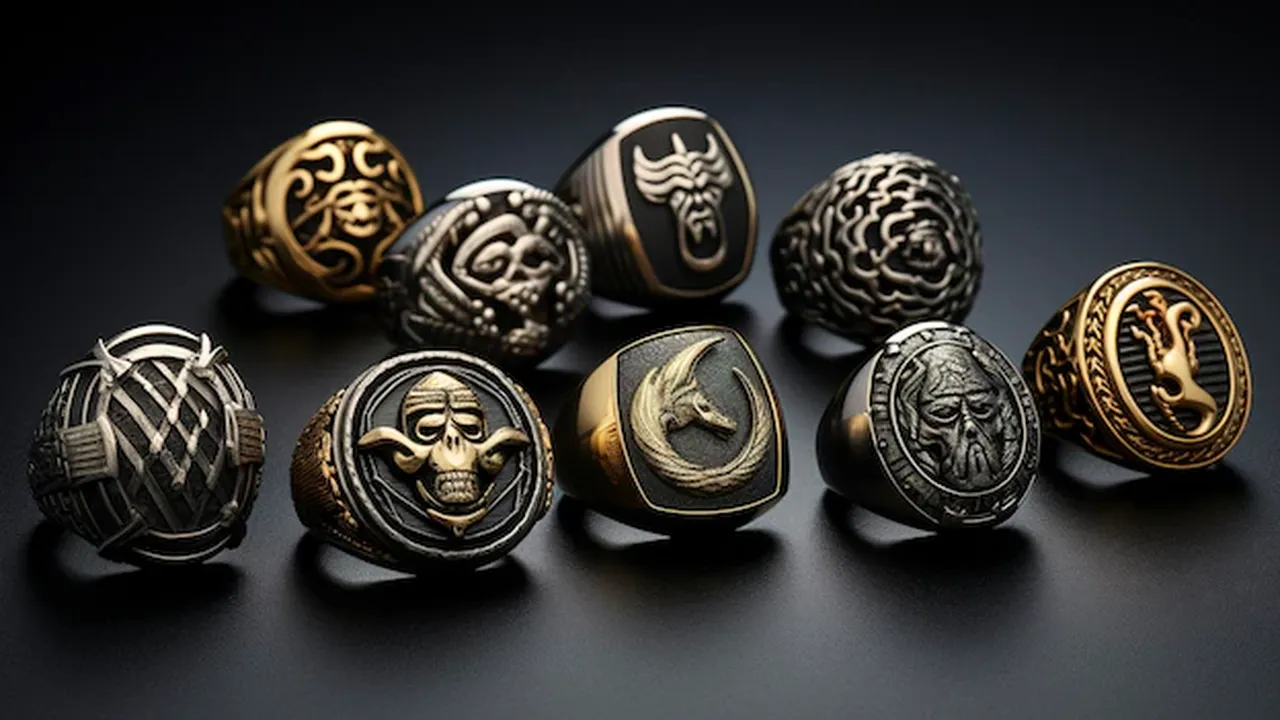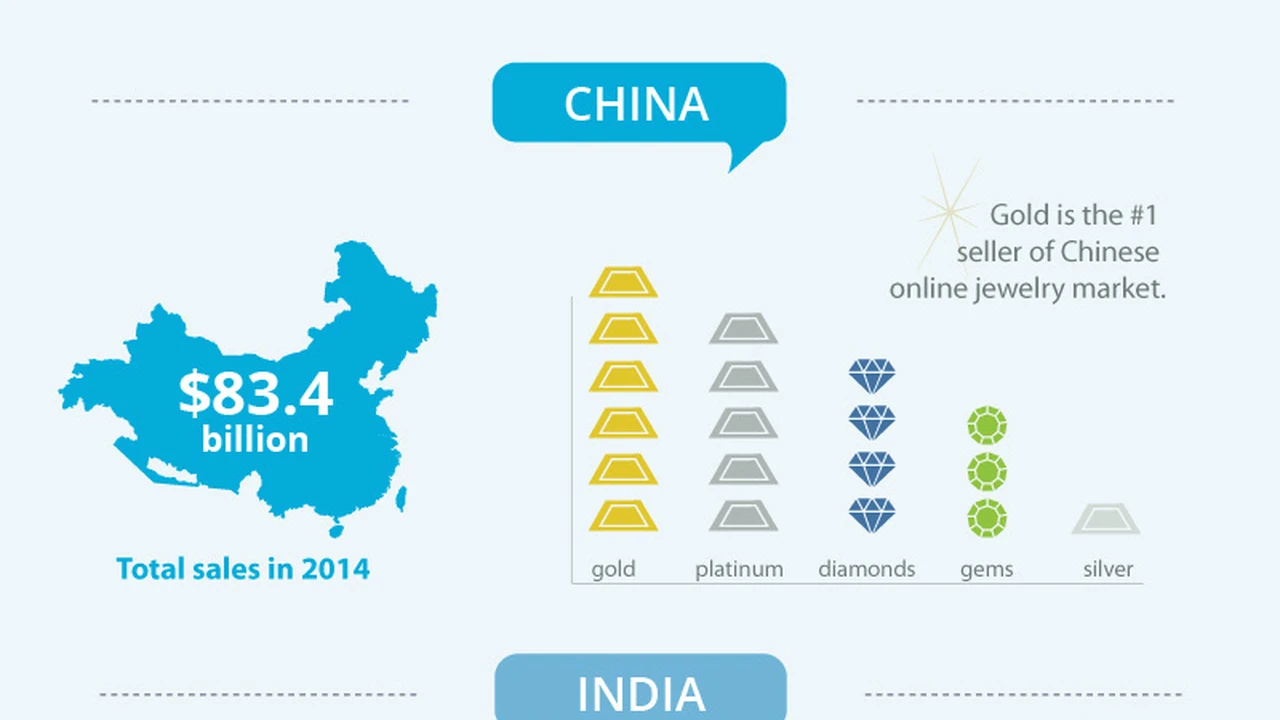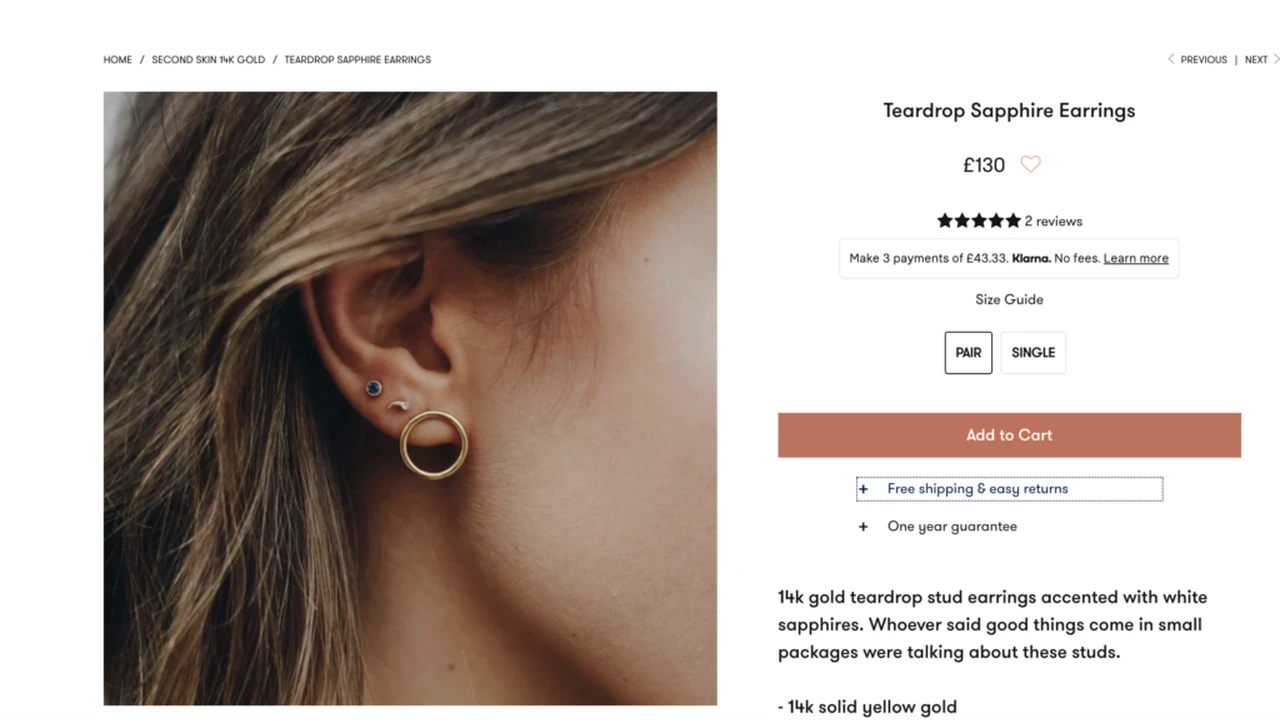Necklace Care Tips_ Keeping Your Jewelry Sparkling
Discover essential necklace care tips to protect your investment. Learn how to clean, store, and maintain your jewelry for long-lasting shine.

Why Necklace Care Matters Protect Your Investment
Hey there, jewelry lovers! We all adore our necklaces, right? They're the perfect way to add a touch of sparkle to any outfit. But let's be honest, we often neglect them. Think about it – you wear your favorite necklace almost every day, exposing it to sweat, lotions, perfumes, and all sorts of environmental factors. Over time, this can lead to tarnishing, scratches, and even damage. That's why necklace care is so important! Taking a few simple steps can dramatically extend the life and beauty of your beloved pieces. It's like giving your necklaces a mini spa day, and trust me, they'll thank you for it!
Understanding Necklace Materials Different Needs
Not all necklaces are created equal! Different materials require different care. Let's break it down:
- Gold: Gold is relatively durable, but it can still scratch. Gold-plated jewelry is more delicate and requires extra care.
- Silver: Silver is prone to tarnishing, especially in humid environments. Regular cleaning is essential.
- Pearls: Pearls are delicate and can be damaged by chemicals. Avoid spraying perfume or hairspray directly on them.
- Gemstones: Gemstones vary in hardness. Some are more susceptible to scratches and damage than others.
- Costume Jewelry: Costume jewelry often contains base metals that can tarnish easily. Handle with care and avoid exposure to water.
Cleaning Your Necklaces The Right Way Gentle Approach
Okay, let's get down to cleaning! Here's a general method that works for most necklaces, but always check the manufacturer's instructions if available:
- Gather your supplies: You'll need a soft cloth (microfiber is ideal), mild dish soap, warm water, and a soft-bristled brush (like a baby toothbrush).
- Mix a cleaning solution: In a small bowl, mix a few drops of dish soap with warm water.
- Soak (optional): If your necklace is particularly dirty, you can soak it in the solution for a few minutes. Avoid soaking pearls or delicate gemstones.
- Gently scrub: Use the soft-bristled brush to gently scrub the necklace, paying attention to any crevices or areas with buildup.
- Rinse thoroughly: Rinse the necklace under warm running water to remove all traces of soap.
- Dry completely: Pat the necklace dry with a soft cloth. Make sure it's completely dry before storing it.
Specific Material Cleaning Tips:
- Gold: You can use a gold polishing cloth for extra shine.
- Silver: Use a silver polishing cloth or silver cleaner to remove tarnish.
- Pearls: Wipe pearls with a soft, damp cloth after each wear. Never use harsh chemicals or abrasive cleaners.
- Gemstones: Check the specific cleaning instructions for your gemstone. Some gemstones can be cleaned with warm water and mild soap, while others require professional cleaning.
- Costume Jewelry: Clean with a soft, dry cloth. Avoid using water or harsh chemicals.
Storage Solutions Preventing Tangles and Damage
Proper storage is key to preventing tangles, scratches, and tarnishing. Here are some storage ideas:
- Individual pouches: Store each necklace in a separate soft pouch or jewelry bag. This prevents them from scratching against each other.
- Jewelry box with compartments: A jewelry box with individual compartments is a great way to keep your necklaces organized and tangle-free.
- Hanging organizers: Hanging organizers are perfect for necklaces with chains. They keep them visible and prevent tangling.
- Avoid humid environments: Store your necklaces in a cool, dry place. Avoid storing them in the bathroom, where humidity can accelerate tarnishing.
Wearing Your Necklaces Smart Avoiding Damage
How you wear your necklaces can also impact their longevity. Here are a few tips:
- Put on your necklace last: Apply lotions, perfumes, and hairspray before putting on your necklace. Chemicals can damage the finish of your jewelry.
- Remove before showering or swimming: Water and chlorine can damage certain materials.
- Avoid wearing during strenuous activities: Remove your necklace before exercising or engaging in activities that could cause it to get snagged or damaged.
- Check clasps and closures: Regularly check the clasps and closures of your necklaces to ensure they are secure.
Product Recommendations for Necklace Care Top Choices
Here are a few specific product recommendations to help you care for your necklaces:
- Connoisseurs Jewelry Cleaner: This brand offers a variety of jewelry cleaners for different materials, including gold, silver, and gemstones. They're widely available and relatively affordable. (Price: $5-$15)
- Weiman Jewelry Wipes: These pre-moistened wipes are perfect for quick and easy cleaning. They're great for removing tarnish and grime. (Price: $7-$12)
- Simple Shine Complete Jewelry Cleaning Kit: This kit includes everything you need to clean and polish your jewelry, including a cleaning solution, polishing cloth, and brush. (Price: $20-$30)
- Hagerty Silver Polish: If you have a lot of silver necklaces, Hagerty Silver Polish is a must-have. It's a powerful tarnish remover that will restore your silver to its original shine. (Price: $10-$20)
- Vlando Small Jewelry Box Organizer: Excellent for separating and protecting necklaces. (Price: $15-$25)
Comparing Cleaning Methods Pros and Cons
Let's compare a few different cleaning methods:
- DIY Cleaning (Dish Soap and Water):
- Pros: Affordable, readily available supplies, gentle on most materials.
- Cons: May not be effective for heavy tarnish or stubborn grime.
- Commercial Jewelry Cleaners:
- Pros: Formulated to effectively remove tarnish and grime, often contain ingredients to protect and shine jewelry.
- Cons: Can be more expensive, some may contain harsh chemicals that could damage delicate materials.
- Professional Cleaning:
- Pros: Safest option for valuable or delicate jewelry, experienced jewelers can identify and address specific issues.
- Cons: Most expensive option, requires taking your jewelry to a professional.
Dealing with Specific Issues Tangles Tarnishing and More
Let's tackle some common necklace problems:
- Tangles: The bane of every necklace owner's existence! To untangle a necklace, lay it flat on a smooth surface. Use a needle or pin to gently loosen the knots. Add a drop of baby oil or mineral oil to help the knots slide apart. Be patient and avoid pulling or tugging, which can damage the chain.
- Tarnishing: Tarnishing is a natural process that occurs when silver reacts with sulfur in the air. To remove tarnish, use a silver polishing cloth or silver cleaner. You can also try a DIY tarnish remover made from baking soda and water.
- Broken Clasps: If your necklace clasp breaks, you can usually repair it yourself with jewelry pliers and a new clasp. You can find replacement clasps at most craft stores. If you're not comfortable doing it yourself, take it to a jeweler.
- Missing Gemstones: If a gemstone falls out of your necklace, take it to a jeweler to have it replaced. They can match the gemstone and ensure it's securely set.
Budget Considerations Affordable Care
You don't need to spend a fortune to care for your necklaces! DIY cleaning solutions and simple storage solutions can be just as effective as expensive products. The key is to be consistent with your care routine. A little bit of effort goes a long way!
So there you have it! With these simple necklace care tips, you can keep your jewelry sparkling for years to come. Remember to clean, store, and wear your necklaces with care, and they'll continue to bring you joy for many years!
:max_bytes(150000):strip_icc()/277019-baked-pork-chops-with-cream-of-mushroom-soup-DDMFS-beauty-4x3-BG-7505-5762b731cf30447d9cbbbbbf387beafa.jpg)





